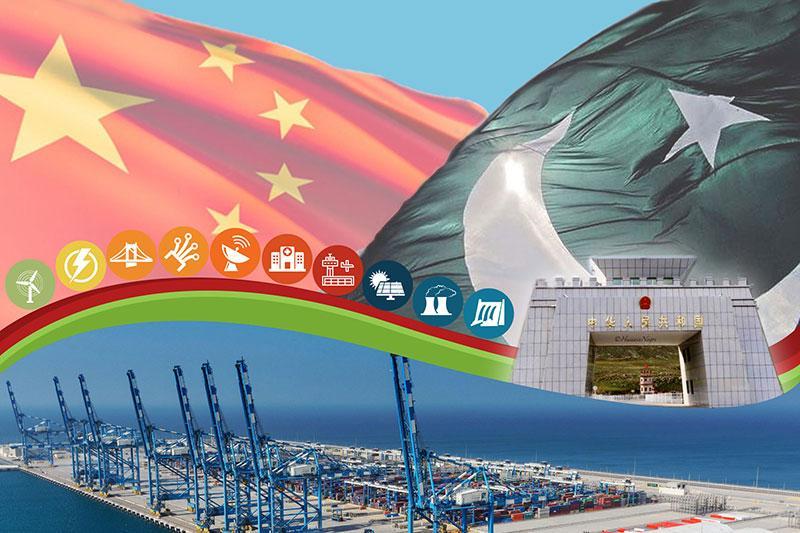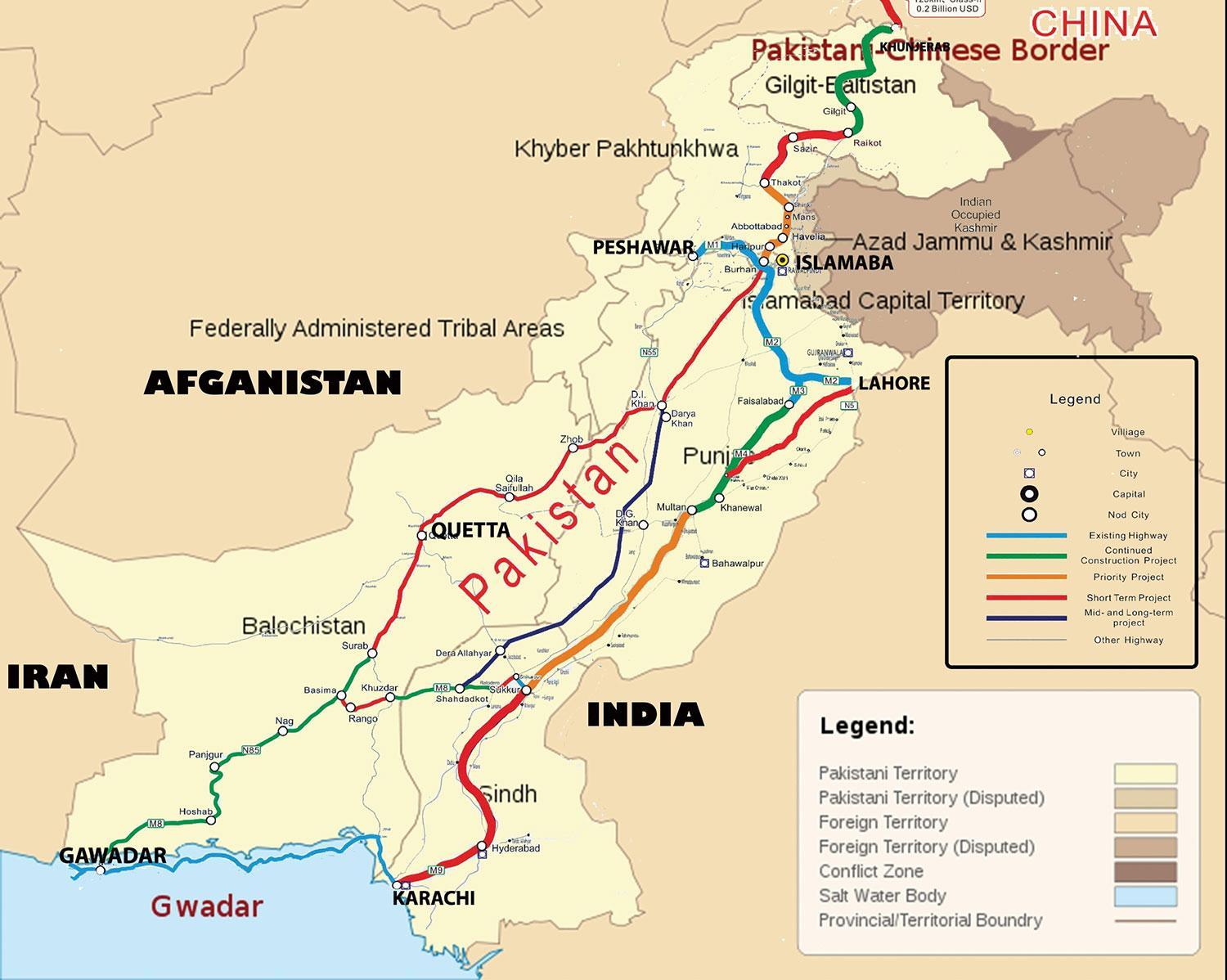The terrorist attack which killed four people near Karachi’s University’s Confucius Institute overshadows China-Pakistan relations. Three Chinese teachers were killed. China has invested USD 25.4 billion into the China-Pakistan Economic Corridor (CPEC), a model project among the six major economic corridors of China’s Belt and Road Initiative. Pakistan’s new government is unsure how to cope with these deadly attacks – leaving the ‘all-weather’ friendship of these two countries in the rain.
Scarlett Yan, 21 June 2022
One month after the suicide bomb attack in Pakistan, which killed three Chinese nationals, Pakistan’s Foreign minister Bilawal Bhutto Zardari vowed in China last week that Pakistan would track down those responsible and upgrade protection for Chinese in Pakistan.
This attack is the latest threat to Chinese in Pakistan and casts a shadow on China’s ambitious plan for the China- Pakistan Economic Corridor (CPEC), although the two countries share an ‘all-weather’ friendship.
Suicide attacks against Chinese
On 26th April 2022, a female suicide bomber killed four people near Karachi University’s Confucius Institute, among which were three Chinese nationals who were teachers at the Confucius Institute, China’s official institute for enhancing cultural communications overseas.
The Baloch Liberation Army (BLA), the separatist in Baloch, has claimed responsibility for this latest attack against Chinese nationals. The BLA have long demanded more control over their natural resources, and projects such as the CPEC are deepening their resentment towards the Pakistan government. Since 2021, there have been several terror attacks targeting Chinese in Pakistan. In July 2021, a terrorist attack on the Dasu Dam hydropower project resulted in the death of 10 Chinese and the wounding of another 26, the worst terror attack against Chinese in recent years.
CPEC and BRI initiative
What is the China-Pakistan Economic corridor? According to the official website of CPEC, it is a framework for regional connectivity. The framework represents a comprehensive arrangement for cooperation in transport and IT systems, energy, industrial parks, agriculture development, as well as in social-economic development, livelihood, financial and communications areas.
The flagship project of CPEC is the Gwadar Free Zone and port is considered to be the “bright pearl” of the CPEC. Gwadar used to be a small and poor fishing harbor with a population of no more than 100 000. However, with the constructions for CPEC, Gwadar has changed historically–it is going to become a regional trans-shipment hub and regional economic center possessing strategic significance for both China and Pakistan. A fully functional Gwadar port would enable China to import and export through it, thus reducing China’s reliance on the Strait of Malacca.
According to the blueprint, modern transportation networks built for CPEC will link seaports in Gwadar and Karachi with northern Pakistan, as well as points further north in western China and Central Asia. As shown on the map below, the corridor’s route goes from Kashgar, a large city in China’s Xinjiang Province in the north, linking the large cities of Pakistan including Islamabad and Lahore, and reaching Gwadar in the south — its total length exceeds 3000 kilometers.
What are the achievements of CPEC? Figures presented by the Chinese ambassador to Pakistan stated that by the end of 2021, after more than 8 years’ construction, CPEC has brought direct investment totaling USD 25.4 billion, while 46 projects have been completed or under construction.
Pakistani officials also predict that CPEC will result in the creation of upwards of 2.3 million jobs between 2015 and 2030 and add 2 – 2.5% to the country’s annual economic growth.
CPEC is not only an important milestone in the history of China-Pakistan friendship, but also represents a model project among the six major economic corridors of China’s Belt and Road Initiative.
All-weather friendship and shadows cast over the CPEC
Among China’s diplomatic relations, Pakistan occupies an important position. Both countries vow to advance an all-weather strategic cooperative partnership between to ever higher levels, and China’s Foreign Minister Wang Yi has described China and Pakistan as “iron brothers” who have forged time-tested friendship.
In February 2022, when Prime Minister Imran Khan of Pakistan visited China during the winter Olympics, both sides reiterated in a joint statement that the close strategic ties and deep-rooted friendship between Pakistan and China are strong and timeless.
The Pakistan Foreign Minister also promised further protection for Chinese nationals. In a joint statement on 22 May 2022, “The two sides agreed to issue an ‘enhanced version’ for safeguarding the safety of Chinese personnel, institutions and projects in Pakistan, and will formulate specific plans for implementation as soon as possible”.
However, the continuing terror attacks targeting Chinese has cast a shadow on the prospects of the CPEC and the friendship between China and Pakistan. It is still unclear how the new Pakistan government will cope with the separatist activities and balance powers between China and the US. An unclear future would also create further political and geopolitical issues for China’s Belt and Road Initiative and its general foreign policy.









